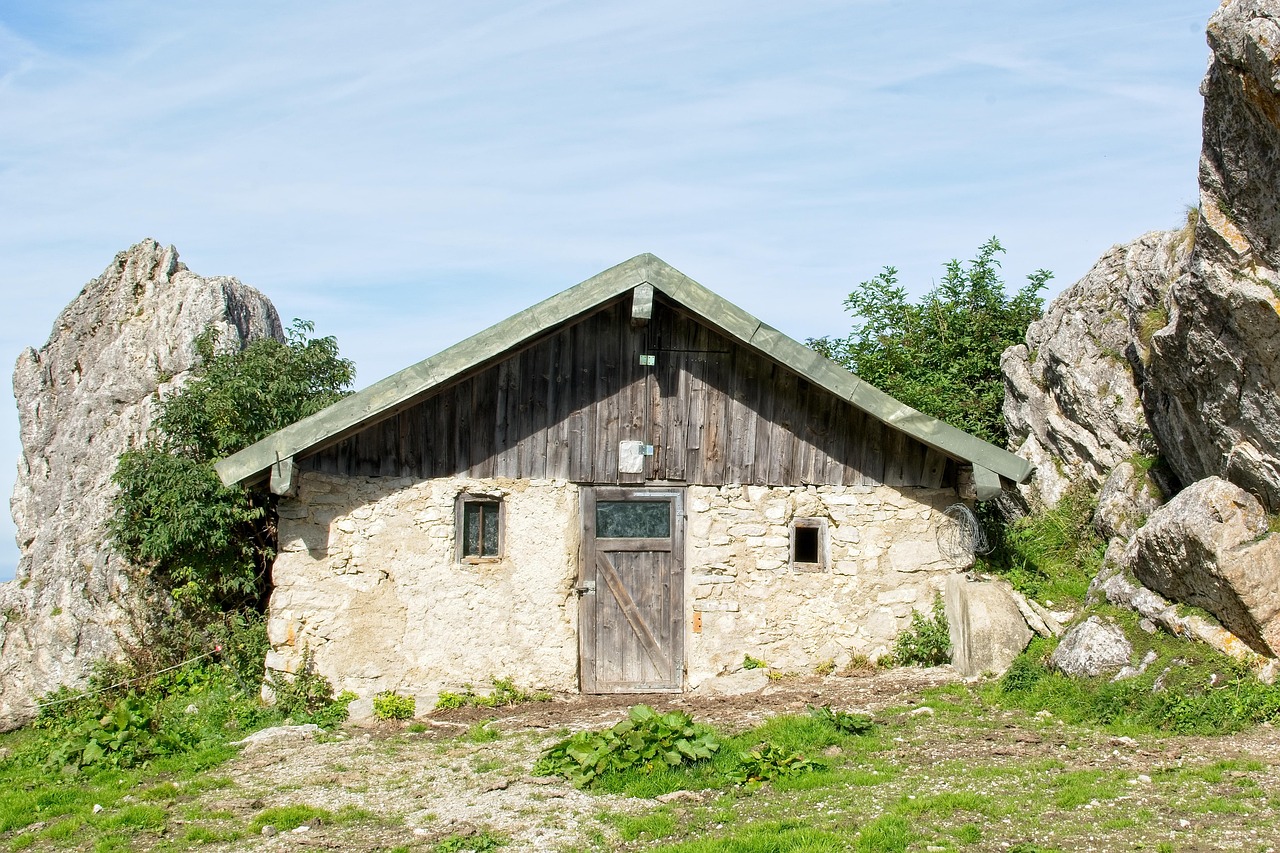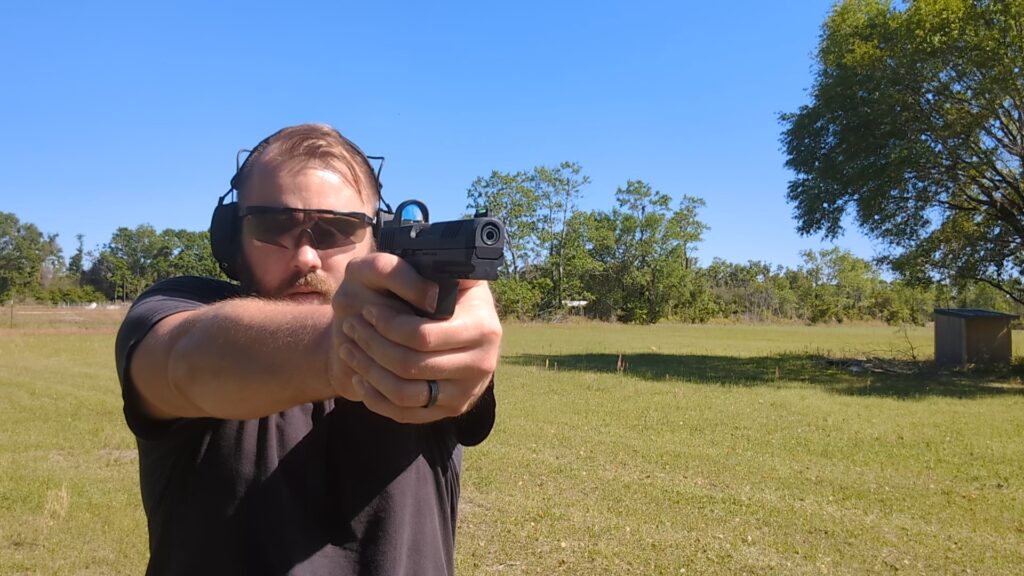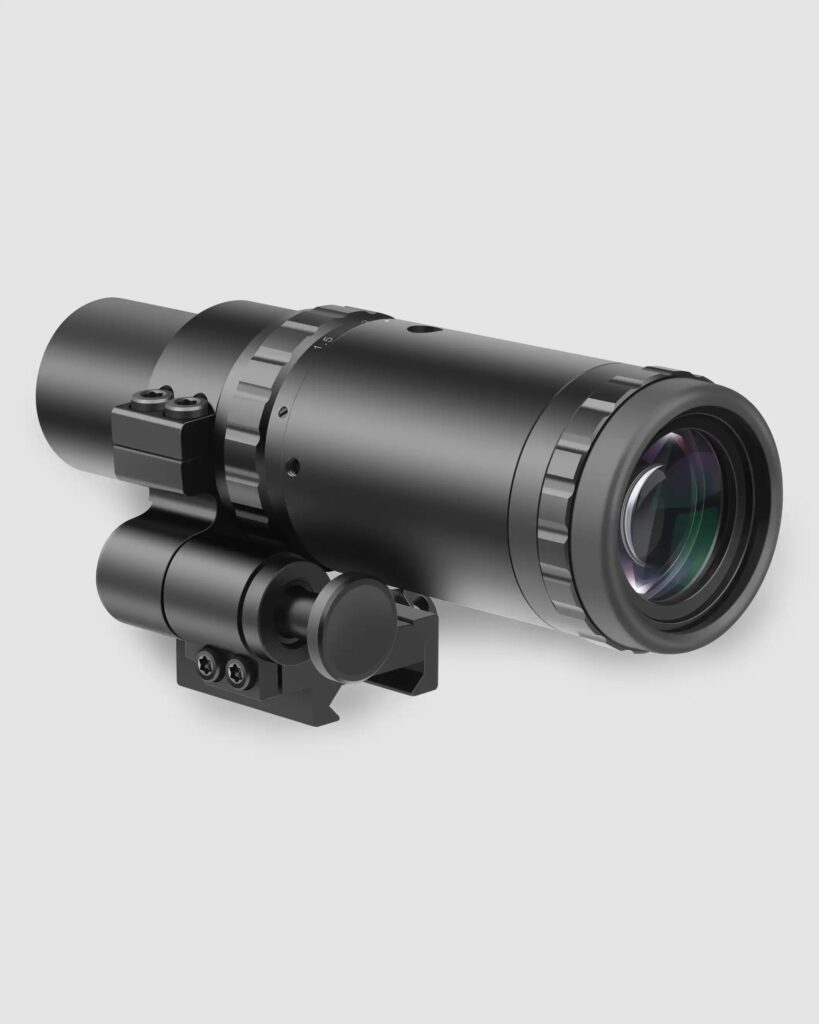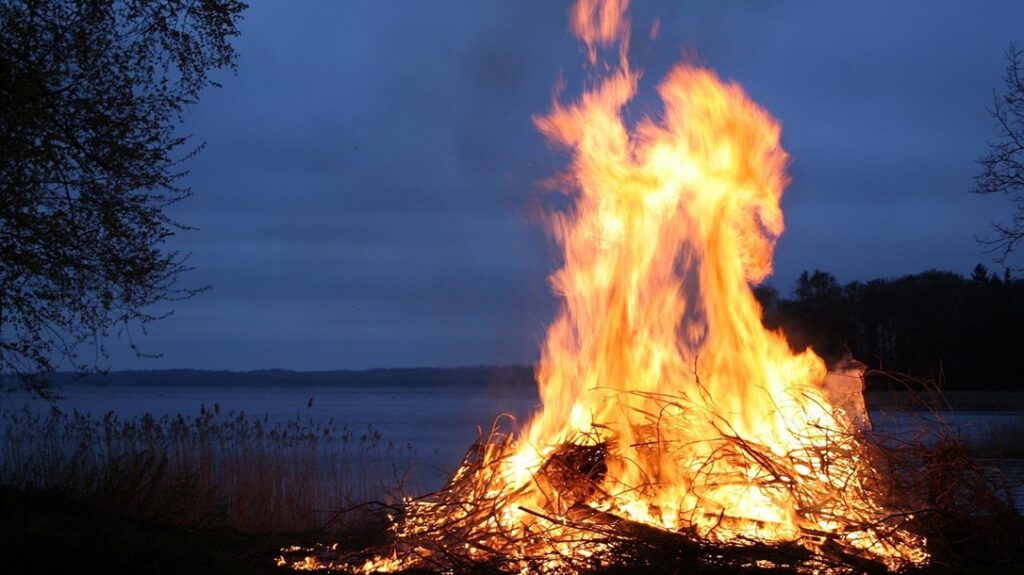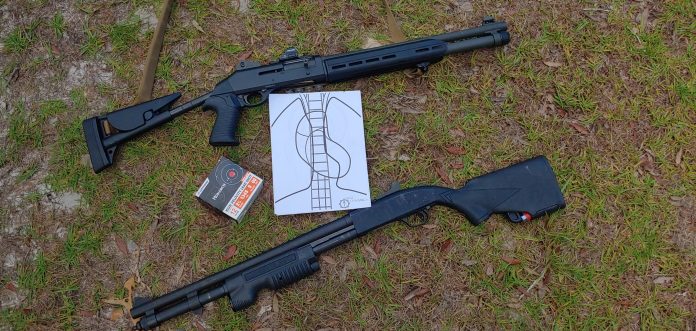I first learned about Castaway Depots maybe a year ago. They make a nice parallel to modern preparedness planning.
Castaway Depot History
Back in the 1860s, there were some shipwrecks near New Zealand where survivors were able to make it to nearby islands. There were two separate wrecks in 1864, though several months apart, near Carnley Harbour. People from both of these wrecks made it to shore and survived, albeit on different ends of the island. Each of them didn’t know the other group existed.
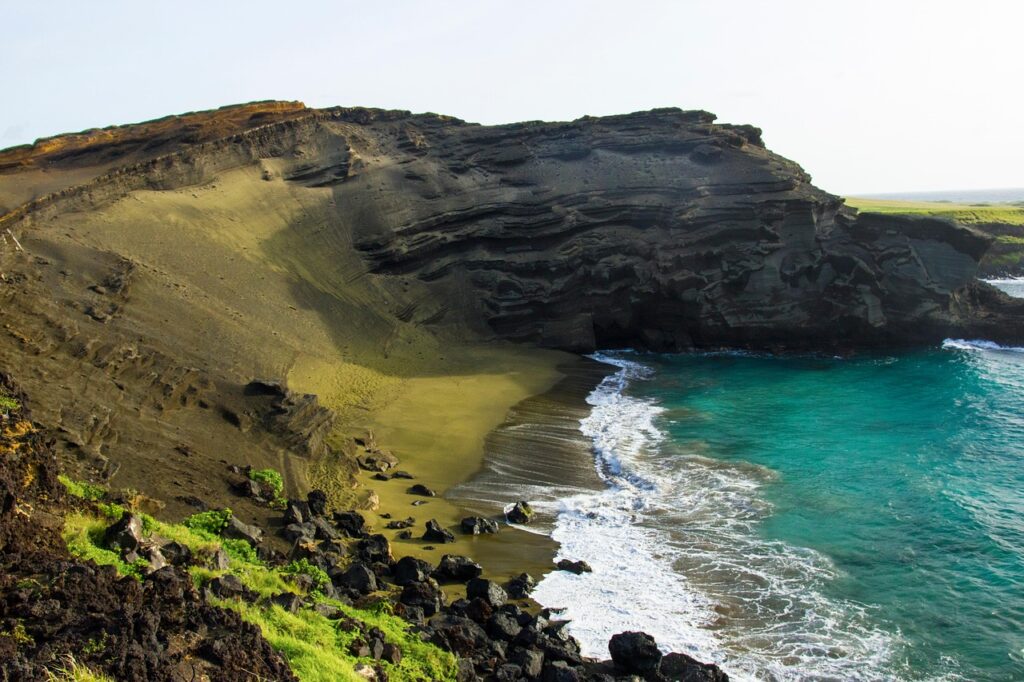
Advertisement — Continue Reading Below
After these and similar incidents, various entities established emergency depots on several of the islands in the area. New Zealand formally took over managing them in 1877 and continued managing them for about 50 years.
As communication equipment improved, the need for the depots diminished. The program was eventually discontinued in 1927.
What Was a Castaway Depot?
The idea was to provide supplies and equipment for shipwreck survivors to use until they could be found and rescued. With that in mind, government ships would visit each of the depot locations at least once every six months. While there, they would drop off stocks of live animals to live on the island, cut and stack firewood, and build or repair small huts.
Advertisement — Continue Reading Below
Six months is a long time to be sitting on a deserted island, hoping for rescue. But with at least some of the heavy lifting already done, it was likely a bit more manageable.
Modern Castaway Depot – The Cache
From a prepper or survivalist standpoint, caches have been around for quite a while. I can recall Ragnar Benson writing about them in Survival: Live Off the Land in the City and Country, which came out back in 1982. In that book, he described how to use PVC pipes to squirrel away everything from tools and coins to firearms, burying them in out-of-the-way locations. The idea was that if you were on the run for some reason, you could dig up a cache to resupply on the move.

Advertisement — Continue Reading Below
Preppers still make these sorts of caches today. There are numerous plans available online with detailed instructions as well as lists of supplies needed. A buried cache isn’t a bad idea, though, like any plan, it has some limitations, and it might not be ideal for everyone.
We’ve talked about a couple of other types of caches here as well, including the Home Cache, as well as using storage units as a way to keep some extra gear and supplies off-site but available. There’s one more approach you might consider.
The Castaway Cache
Before we go further, let me say that nobody is saying you need to do all of these different caches, or any of them for that matter. The goal here is simply to share ideas that you may find helpful. Take what you can use and leave the rest.
Advertisement — Continue Reading Below
The Castaway Cache is a tote, suitcase, or similar container that you stock with some everyday essentials and then stash with a family member or good friend who lives in the area. This isn’t a survival kit. Think of it more as a helping you get by kit. The idea is to assemble what you might need for a few days if you were driven from your home unexpectedly. For example, a house fire or flooding. Rather than rely on the generosity of strangers to donate clothes and such, the Castaway Cache is there to provide what you need.
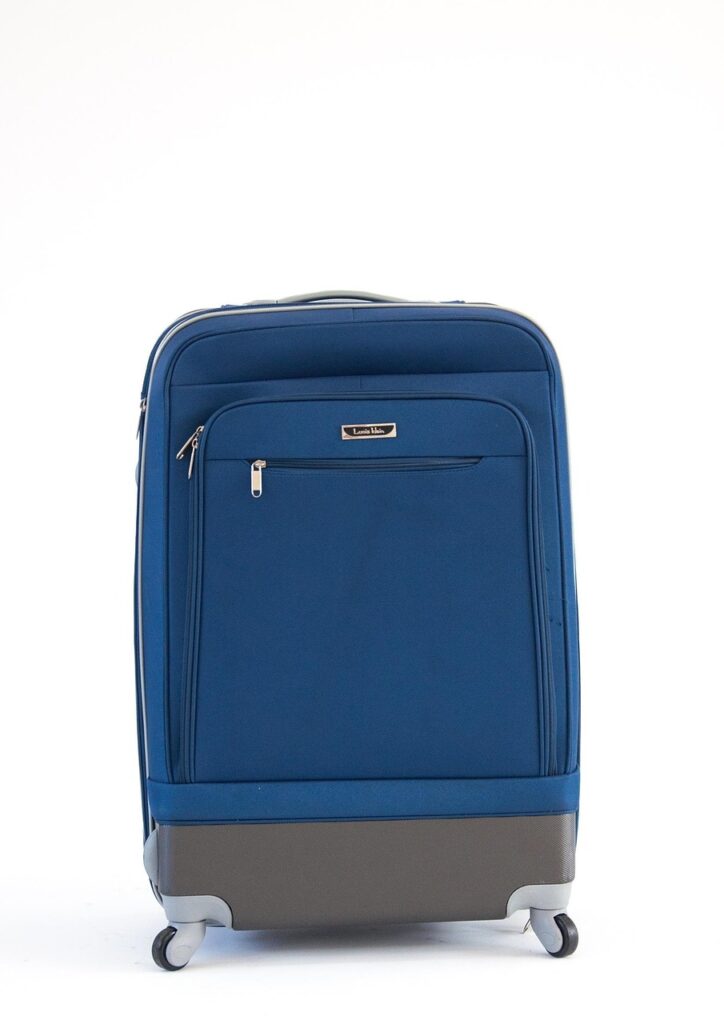
Here are a few things you could store in the Castaway Cache:
Advertisement — Continue Reading Below
- Spare clothes
- Toiletries
- Copies of important documents
- List of important phone numbers
- Cash
- Emergency supply of prescription meds
- Spare eyeglasses
Even if you aren’t planning on crashing at your friend’s house, you can grab the supplies you have stored and move on from there.
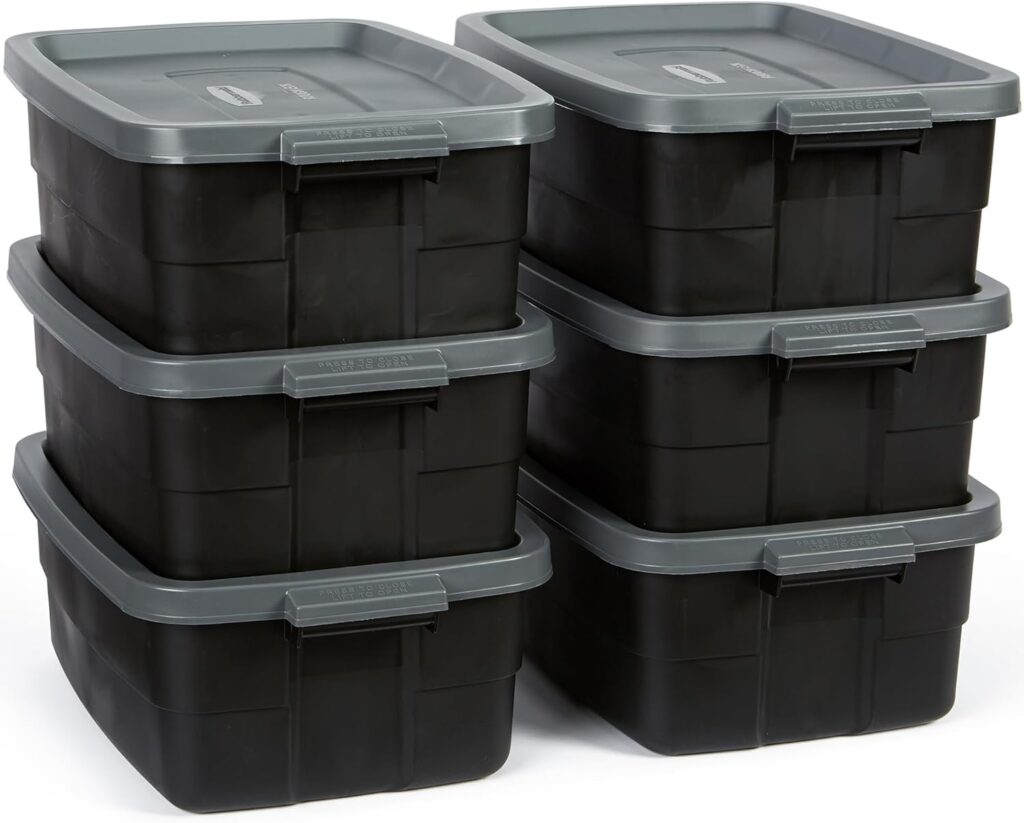
This would need to involve someone you trust, of course. You’ll also want to be able to access the Castaway Cache a few times a year so you can swap out medications and such. But this is something you can put together with very little out-of-pocket expense, given that you already own everything you’d be putting into it.
Advertisement — Continue Reading Below
Consider it one more tool in the preparedness toolbox.
